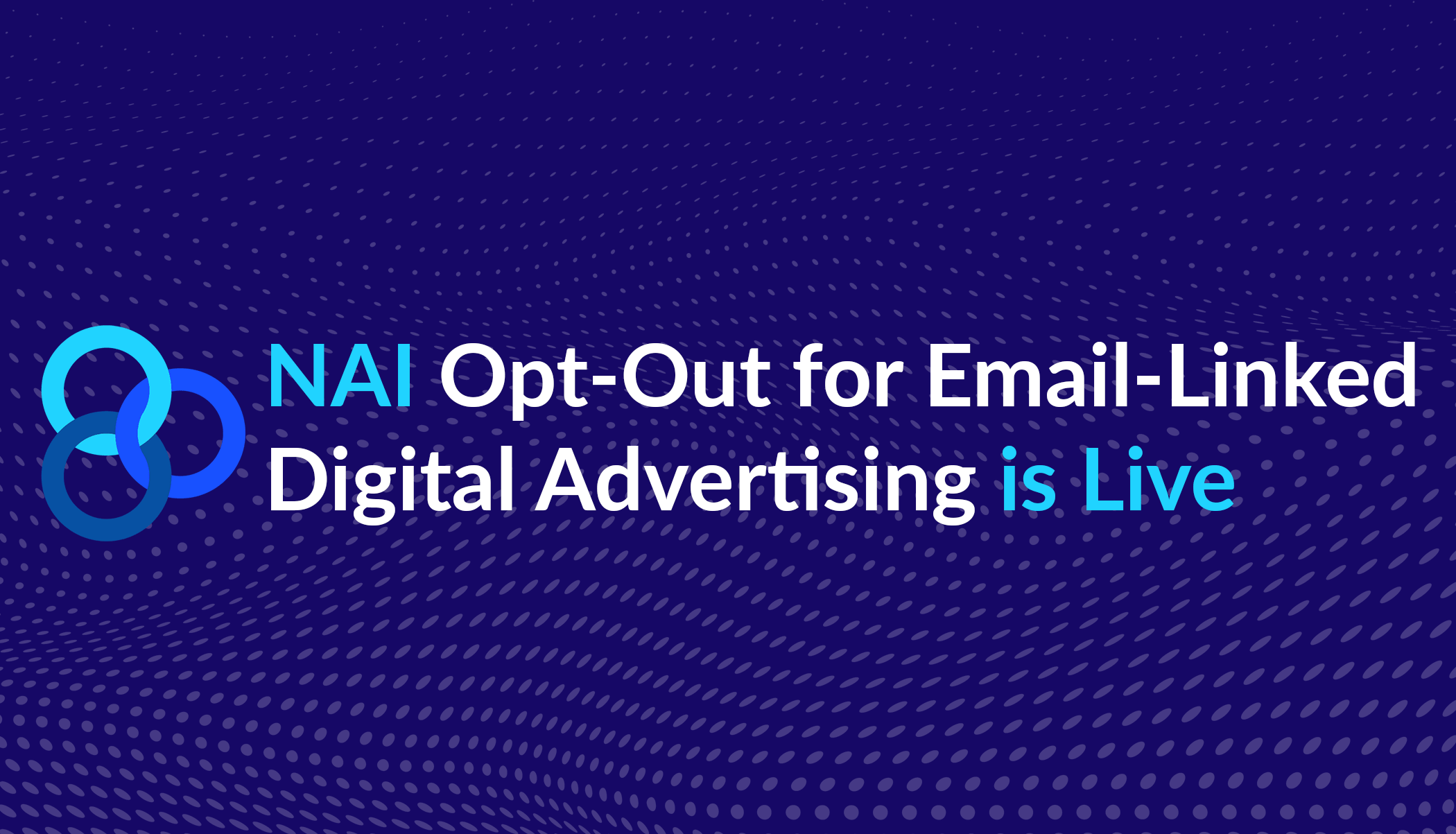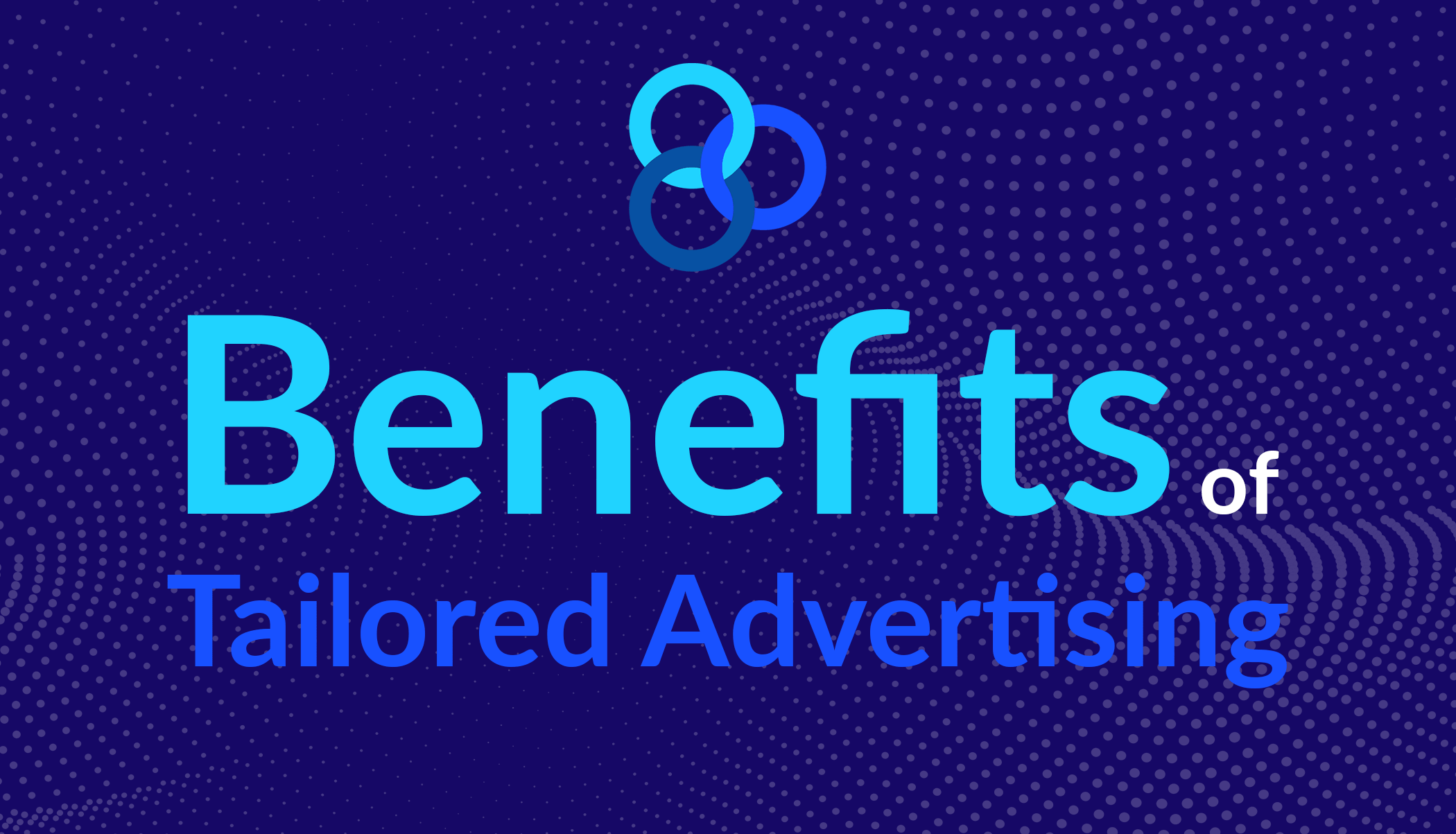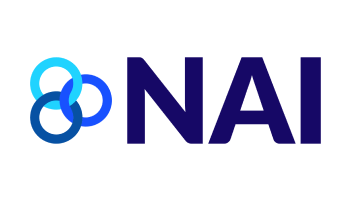NAI at the IAB Interact Conference: The Future of Ad Tech Depends on Industry Collaboration
IAB Europe held their annual Interact conference in Warsaw, Poland on June 4th-5th, 2019. The conference focused on digital advertising and marketing, with speakers and attendees from companies and organizations across the EU and U.S.
The NAI had a strong presence this year. NAI President and CEO, Leigh Freund, led a panel on the challenges of global interoperability for the Ad Tech industry. She was joined by NAI Board Chairman Doug Miller (Verizon Media), NAI Board Member Julia Shullman (AppNexus, a Xander Company), and Stevan Randjelovic (GroupM EMEA) to share key takeaways on how to approach new regulatory obligations (including GDPR and CCPA). NAI Board Member Alice Lincoln (MediaMath) participated on a panel discussing the impact of the GDPR one year after its enforcement date and on the ongoing development of the industry-led IAB Europe’s Transparency and Consent Framework (TCF).
Two main topics relevant to Ad Tech that were discussed throughout the two-day conference were: The future of Ad Tech and programmatic advertising; and the lessons learned from GDPR and strategies for complying with future regulations.
The Future of Ad Tech and Programmatic Advertising
In many of the presentations, speakers noted that building consumer trust and empowering the consumer are critical to the future of Ad Tech. One of the presentations compared the programmatic lifecycle to that of economic cycles, and explained that programmatic advertising has reached the peak of its current wave. The concerns that were previously associated with programmatic – that it would cause the end of agencies, that data-driven ads wouldn’t last, and that GDPR would ultimately disrupt and end data-driven advertising – have been disproven. Fears are now shifting to how automation may take over everything and how bigger players in the ecosystem will take all the growth. Other speakers, however, argued that the bigger players have been responsible for new growth and that these fears are unjustified.
Based on the presentations, speakers pointed to three main trends they had seen so far in 2019. First, there may be a shift away from advertising as we know it now. With the potential interest by some to move towards a universal ID, some speakers highlighted increasing browser led restrictions on third-party cookies. Second, speakers discussed how monetization has changed with the move towards header bidding, which creates a competitive environment. Third, there has been more emphasis on brands wanting to have direct integrations with their consumers.
Speakers discussed the future of technology, more generally, and suggested that the biggest tech trends will be: digital assistants; more touch, less typing; a machine-to-machine marketing world; Native; Video; OTT; and Audio.
GDPR and Strategies for Future Regulation
After noting the trends and changes in the technology and business models of Ad Tech companies, speakers discussed the impact of regulation on the Ad Tech industry and how to prepare for new regulations in the future. One speaker framed the impact of GDPR by explaining how online ads make up 45% of advertising in European markets versus 34% of advertising in the U.S. Despite GDPR, this speaker’s research demonstrated continued growth of digital ads in Europe.
Many speakers agreed that the biggest trend in 2018 was collaboration by industry. A lot of this collaboration has been (and still is) in relation to developing the TCF. Version 2.0 of the TCF has been an incredible relationship builder within the industry, allowing the industry members to speak with each other and build consensus on important issues.
Some additional changes to the TCF’s most recent version include changes based on regulator feedback concerning the user experience, the updating and creation of new purposes of processing, and the creation of stacks as a way of bundling and presenting purposes for ease of use by users. These changes add greater clarity around legitimate interest, give users clear control when vendors rely on legitimate interest, and allow publishers to work with vendors for specific purposes. It creates opportunity for sell-side publishers to be more transparent, and allows for more opportunity for publishers and advertisers to communicate.
The TCF is an example of a self-regulatory solution to the requirements of GDPR and CCPA. Going forward, to ensure industry alignment and build the best solutions to regulations for consumers, companies should: join industry efforts, ensure familiarity with their business model and how their technology interacts with partners, and work on internal data inventory and mapping.








